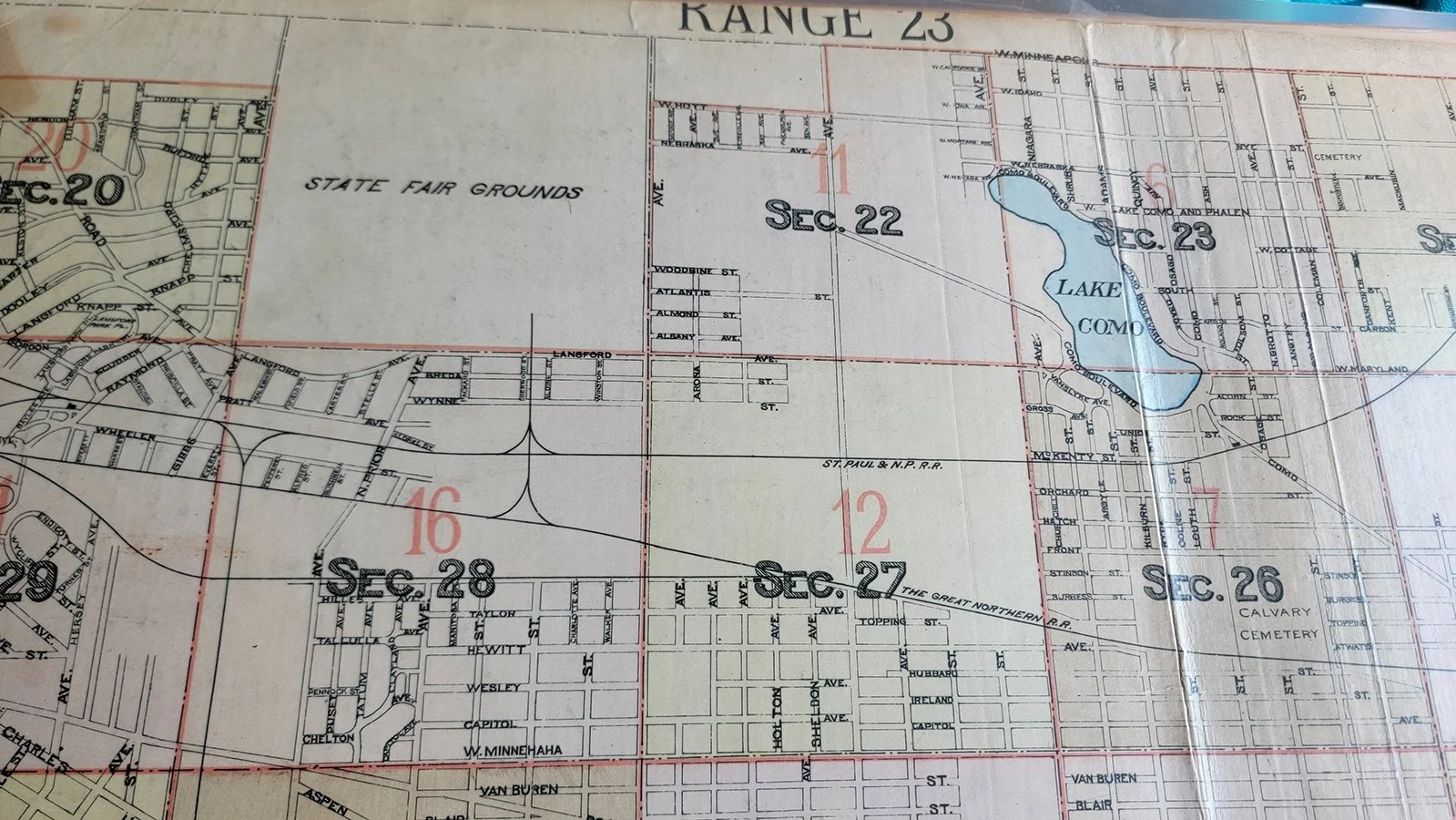The Big Fiscal Impact of Small Upzonings
(Source: Unsplash.)
There are many reasons to allow neighborhoods to evolve to the next increment of development. This virtuous cycle, in which rising land values in a successful place repeatedly prompt land owners to redevelop or add on to their property, was the foundation for urban growth before being interrupted by the suburban experiment. It is only within the last century that cities have predominantly channeled growth outward, while established neighborhoods experience stagnation and often a near-total lack of redevelopment.
Strong Towns has documented the failure of much of the North American development pattern to generate enough revenue to sustain itself. We've argued that the urgent challenge of our time is to thicken up existing neighborhoods (the places where we've already committed to maintaining the infrastructure and provide public services) with more activity and wealth, rather than building outward.
Now a new study conducted across the pond in the U.K. bolsters the notion that doing this through decentralized, incremental action—resulting in dispersed "gentle density" rather than high-rise redevelopment—can have results that add up to something meaningful.
Building Up to Level Up
The study is called "Build up to level up – the fiscal impact of street votes" and it comes from the team at Create Streets, a U.K. think tank that studies the links between urban form and wellbeing in order to "make it easier to co-create beautiful, sustainable, prosperous, economically and socially successful places with strong local support and which residents will love for generations."
"Street votes," in this case, refers to a policy proposal gaining some traction among British policy makers and think tanks, including the government's Building Better, Building Beautiful Commission. The policy would allow the residents of individual streets of post-1918 buildings to hold a vote to permit additional development on their own street (within some limits designed to minimize negative externalities). This would achieve broad but incremental upzoning, not through top-down regulatory action (as has been proposed in several U.S. states, and enacted in California and Oregon), but through radically bottom-up action. We interviewed researcher Dr. Samuel Hughes in April 2021 about this proposal on the Strong Towns Podcast—you can listen to the episode here.
The new report makes some assumptions in order to estimate the housing production that could result from a nationwide policy of Street Votes—and the resultant public-sector revenue gains. It finds that, while there are 15.5 million homes eligible for the proposal, only a small fraction of blocks are likely to vote to upzone themselves, and not every property will be redeveloped following such a vote. Under a more ambitious scenario, the authors estimate 3.2%, or 500,000, properties would use the policy over a 15-year period. Under a conservative scenario it might be 1.4%. Even under the most conservative scenario, this could lead to the production of over 700,000 new homes across Britain.
This homebuilding spree would have a direct impact on the public coffers, as well as indirect benefits from allowing more Britons to choose shorter commutes and move to areas of greater opportunity for them. All in all, this thought experiment concludes that the Street Votes policy could add nearly half a percentage point to annual GDP growth, and that it could produce 51.9 billion British pounds (about US$70 billion) after fifteen years in national government revenue. This, the authors write, could go to many uses, including a suggested "Leveling Up Fund" to target infrastructure projects across the U.K.
British planning is very unlike U.S. or Canadian planning, as are tax structures and laws. So the specific financial analysis does not translate across the Atlantic. What does, though, is the lesson here: Allowing decentralized small change across many, many places adds up to big change.
It's not a panacea—the authors say that Street Plans could alleviate "only" a quarter of Britain's housing shortage. But one could also change the emphasis of that sentence by striking the "only." A quarter is nothing to scoff at.
U.S. policy advocates and legislators might draw on this example for a similar analysis over here. The approach could be applied, for example, to California's recently passed SB 9, which is expected to induce redevelopment of a very small percentage of a very vast number of single-family homes—potentially still resulting in a significant dent in the most populous state's severe housing shortage.





In honor of the season, here’s a short adaptation of Edgar Allan Poe’s “The Tell-Tale Heart,” which illustrates the damage that zombie projects — large, ambitious projects that drag out for years or never get off the ground — can do to a place.